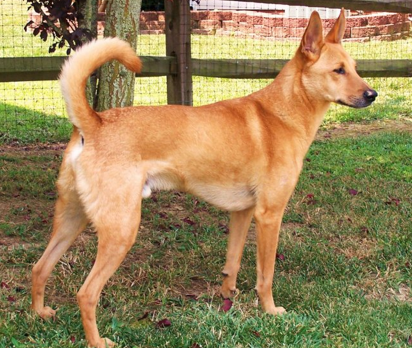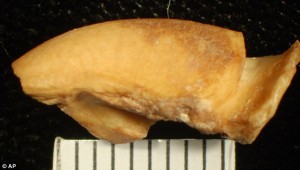(image via Saving Carolina Dogs Rescue & Adoption Network)
Folklore says that Carolina Dogs predate Columbus, and a recent study shows these stories may actually be true.  Carolina Dogs, Chihuahuas, Peruvian Hairless Dogs, & Mexican Hairless Dogs are missing certain gentic markers that link them to European dogs,  Instead, these breeds share markers with East Asian dogs indicating they descend from dogs that crossed the “Ice Age land bridge known as Beringia some 12,000 years ago” and are much older breeds than most dogs in the Western Hemisphere.  (You can also check out the original study, which goes into greater detail.)
By the way, I love learning new words and here’s a useful one when talking about stray, feral, or Rez dogs—“landrace“, which means:
a local variety of a domesticated animal or plant species which has developed largely by natural processes, by adaptation to the natural and cultural environment in which it lives. It differs from a formal breed which has been selectively bred deliberately to conform to a particular formal, purebreed standard of traits. Landraces are usually more genetically and physically diverse than formal breeds.
Further:
Landraces are not all derived from ancient stock unmodified by human breeding interests. In a number of cases, most commonly dogs, domestic animals have reverted to “wild” status by escaping in sufficient numbers in an area to breed feral populations that, through evolutionary pressure, form new landraces in only a few centuries.


